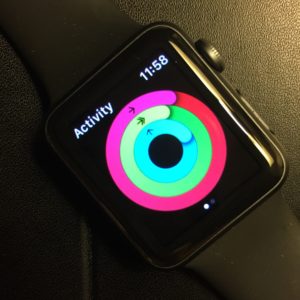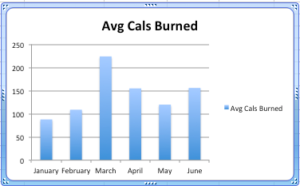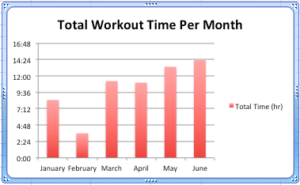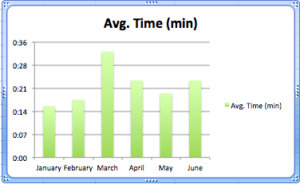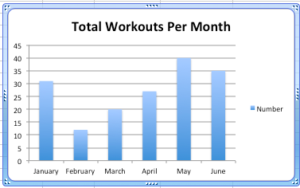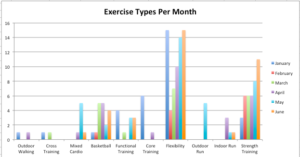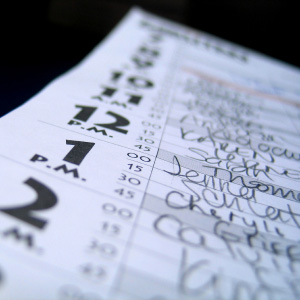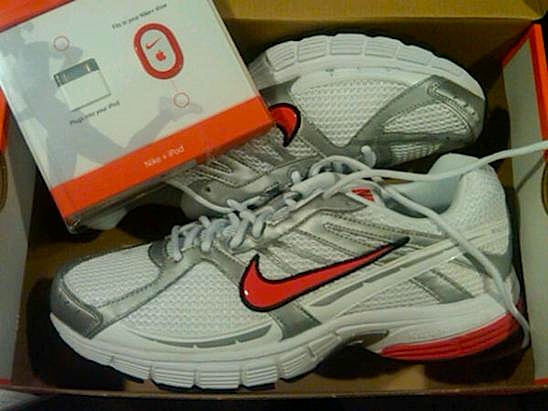On July 3, 2017, I purchased my Series 1 Apple Watch from Best Buy – specifically for fitness tracking. NIce to say that one year later, it has served it’s purpose.
While I’ve worked out more on than off since my college days, the watch, through the Activity app and iOS Health app dashboard, provides a fair amount of data that can be sliced and diced in various. What I think the Apple Watch fitness ecosystem lacks is website and/or desktop integration like FitBit, Garmin and what Nike Plus used to have.
Prior to the watch, I used the Nike Fuel ecosystem to tracking my running first and then, with the addition of the Nike Training app, I tracked other forms of exercises that aligned with their app’s workouts. I specifically started using the Nike Fuel Band late in the game (August 2017) For the beginning of my journey with the NikeFuel ecosystem through now, you can read the blog posts here, here, and here
That said, looking at what the watch’s Activity app and iPone’s Health app portray as data, I decided to take a look at how and what I did for the first six months of 2018, I didn’t include the entire year I owned the watch, because it took some months to really understand how to use it as a fitness tracking device, something I know I have maximized yet.I took some very basic data points, threw them in Excel and created some simple data visualization graphics (aka charts LOL) to give me an idea of how things look since 1 Jan. The Health app provides a fair amount of ways for you to see data on what you’ve done over a specified time range, however I wanted to look at things in which the app can’t (as far as I know.) You can see them in the attached graphics.
It was pretty cool to see the data this way, because it now lets me know what changes I may want to make for the second half of the year. Feel free to let me know what you think. I’ll get around to doing a more detailed blog post with my plan forward based on what I’ve learned from the data. For now, here are a few of the ways I looked at what I accomplished. For all the following data, I created a small spreadsheet and manually entered all the data I wanted from the Activity app summaries, then created graphs
While losing weight is not a concern of mine (at the moment haha), I decided to see what kind of average calorie burns my exercise workouts netted me, and would they vary widely at all from month to month. The data in this graph clearly correlates to the following data points you’ll see below.
What were the average hours per month that I worked out? As said above, this aligns with my average calorie burns (obviously). Another reason why I want to track this statistic was to draw some correlation to how busy I may been from month to month or any other factors I can remember that would cause me not to exercise (lack of discipline and/or motivation, not enough sleep, poorly planned schedules, etc).
Another data set that correlates to the above is average exercise minutes per month. The Apple Watch has a standard, unchangeable metric of 30 minutes, of movement greater than that of an average brisk walk, needed to close the exercise ring – whether that is done doing and saving an actual workout from its list or just achieving that closure through daily movement. The 30 minutes minimum of daily exercise originates from the American Heart Associations recommendation, which Apple adopted for its baseline for the Activity app. From a ring closure standpoint, I found myself at least trying to do 30 minutes daily, HOWEVER, I also found that I did it only as my maximum when I could have done more. This, to me, is not a good thing because it places the focus on on only doing enough to achieve a metric goal and not doing a full set of exercises that would normally take more than 30 minutes. What I learned from this is just that – focus on what your exercise regimen is and make time for that average timeframe instead of doing just enough to close a ring – that is shortchanging at at best.
Here I decided to look at the total workouts done per month, regardless of what type of workout it was. It gave me an idea of just how many workouts I set out to do, which is (again) directly proportional to the time put in.
This last data set is my favorite because it shows, in a given month, how many different types of exercise workouts I did. My fitness regimen is primarily comprised of weight/strength training exercises. Over the last year, my desire was to work in exercises that would benefit me in the areas of cardio and core. I took up running in 2010, at the same time I became interested in tracking my fitness via the Nike+ iPod Sport Kit. I never cared for running and after a few years of hiatus, I finally started working it in more last year, and became a better runner than in the beginning. As for core, enter the Nike Training Club app. I LOVE this app and it’s been my go to for all the core workouts I do. It doesn’t one-for-one save it’s exercises (as it should) with the same name as the corresponding exercise in the list of Apple Watch workouts, but it gets the job done well enough. That said, it was interesting to see what exercises, in hindsight, were focused on for various reasons (known and unknown). I drew insight from this to help me plan the second half of 2018 with exercise types that will better provide the focus for what I want to achieve health/physical-wise.
The last reason I want to do this experiment was for finding out how I can slice and dice the data to show me what I want. I’m certain that there are tons of apps that can show similar (the Health app itself can show similar looking bar graphs), but it was a fun exercise to do on my own.
Well, thats about it. I was able to gain some good insight to plan for the rest of the year.
Thanks for the read.
Fresh!
